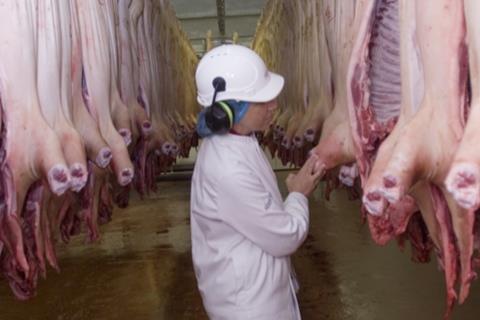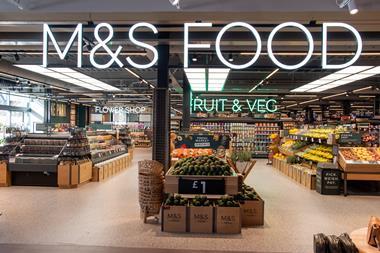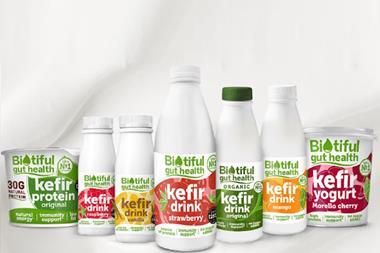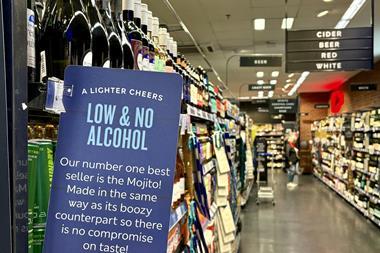
The Food Standards Agency (FSA) has announced a massive shake-up of food safety inspections, which will result in larger food and drink companies such as supermarkets being subjected to far fewer checks.
The new “risk-based” approach will instead see cash-strapped local authorities directed to focus their attention on smaller companies which pose the “greatest threat” to the public.
The move comes just three months after a new meat fraud controversy hit the sector, a decade after the horsemeat scandal rocked the industry.
It has emerged that under the proposed new system, some companies seen at high risk will face monthly inspections, whilst those seen as the least risk could be inspected as infrequently as once every 10 years.
The FSA admitted the move is a direct response to the lack on enforcement staff in the UK, with figures showing the number of local authority inspectors has been slashed to fewer than half of that 10 years ago.
However, it said it hoped the greater use of improved “intelligence” would prevent further incidents of activity such as fraud.
The agency said it had trialled the scheme with seven local authorities in England and Northern Ireland last year and planned to introduce what it called an “intelligence-led” system of checks, recruiting fewer feet on the ground.
It claimed the pilot had shown interventions were more effective when targeted at businesses with a history of non-compliance with food safety laws.
The new code says FSA interventions for higher-risk businesses or those that are likely to be high risk always take priority over interventions for lower-risk businesses.
However, it emerged some local authorities have expressed fears they will not be able to afford to bring in and train staff on the agency’s new complicated “matrix” system of risk assessment, the basis for its revamped code.
“Local authorities are also concerned about having sufficient resources (finance and suitably qualified people) to be able to deliver the new model in full,” an FSA consultation released this week reveals.
“A number of responses indicated support for the new model, but raised wider concerns around whether local authorities have the resource to fulfil the requirements of the new model, and whether the FSA is aware of, and addressing, the general lack of suitable qualified and competent officers which is causing significant recruitment challenges for many local authorities,” it added.
The plans have strong echoes of the FSA’s Regulating our Future programme, which The Grocer revealed in 2017 was set to see some food and drink companies effectively regulate themselves with no local authority inspections.
It faced massive backlash from health campaigners and food safety experts.
Separately the agency is also undertaking a major review of its ‘scores on the doors’ food hygiene system, which is also expected to see a focus on inspecting only the highest-risk food establishments, including the use of remote inspections for many businesses.
It is to be trialled later this year with a rollout scheduled for April 2025.
“The FSA is very concerned about the decline in local authority resources for food standards work, “ said Katie Pettifer, FSA director of strategy and regulatory compliance.
“They are a critical line of defence against inauthentic or adulterated food, but the number of professional staff working on food standards has halved over the last decade or so.
“It is vital that local authorities have the resources they need to protect consumers.
“The updated guidance will enable local authorities to use their resources more effectively, targeting their efforts towards the greatest risks within the supply chain.
“The new model emphasises the use of intelligence to disrupt the supply of fraudulent or unsafe food further up the food chain, before it hits the shelves.
“The changes are also good news for responsible businesses. Many businesses with a good track record of compliance will face less frequent inspections, while those with a poor track record will face greater scrutiny. ”



















No comments yet